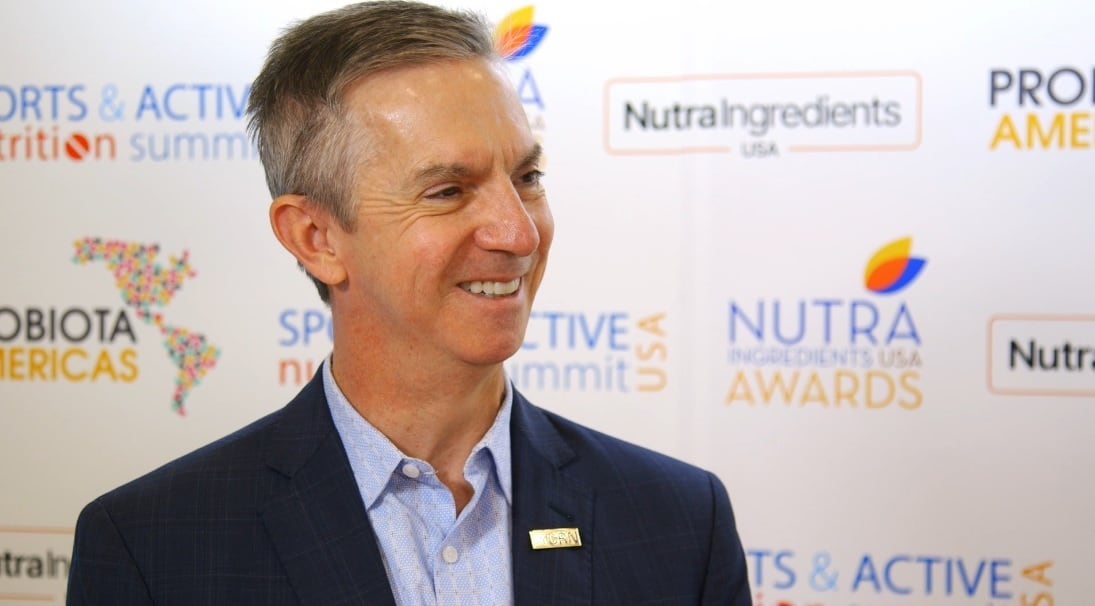Once upon a time, two farmers decided to have a contest to determine who could pick the most apples from their respective trees before sundown. However, what one man didn’t know was that his companion had been picking apples for several hours already, getting a head start. Further, the friend who got started first had also secretly arranged for the other farmer’s orchard to be picked relatively bare before the contest even began. Who thinks that’s a fair contest?
Unfortunately, that’s the fairytale situation the dietary supplement industry finds itself in with respect to ingredients that the pharmaceutical industry would also like to commercialize as drugs. A concept known as “drug preclusion” in the Food, Drug & Cosmetic Act is being interpreted by FDA in a way that gives an unfair advantage to pharma companies and incentivizes their research at the expense of the dietary supplement innovation pipeline.
Last week’s announcement by FDA that it would not answer CRN’s petition on the matter of drug preclusion by the prescribed deadline is disappointing. But the indeterminate delay may also signal that the agency is engaging in much-needed introspection on the effects its one-sided decisions on drug preclusion are having. After all, FDA could have just dismissed CRN’s petition requests and continued to rely on its flawed interpretation of drug preclusion as its justification to do so. If that’s true, we shouldn’t regard the delay as a complete loss. The agency at least seems to be taking the time it needs to consider the issue, and that’s worth waiting for.
The drug preclusion predicament is not about NMN or NAC and never should be focused on getting enforcement discretion around one ingredient. A discretionary policy for a specific ingredient doesn’t solve the problem for the next one and the one after that. For example, less than a year after FDA indicated that it would exercise enforcement discretion for NAC as a dietary ingredient, the agency blocked the use of NMN as a dietary ingredient using similar arguments as it did for NAC: that its hands were tied by the drug preclusion statutory language. We know that other dietary ingredients, like vinpocetine and a unique form of vitamin D, are also in FDA’s sights. We need to solve the dilemma that, according to FDA, is presented by the statute for all ingredients.
And perhaps FDA is actually interested in restoring the balance between drug and supplement innovation. If FDA officials feel obligated to espouse what appears to be non-sensical, but what FDA argues is a literal interpretation of the current statute, they should also be willing to entertain a candid discussion of how the law might be revised to create that balance. CRN is ready to offer some suggestions.
Let’s be clear: this is not about trying to sink the ship of drug preclusion. The principle has a valid reason for being enshrined in law: drug companies deserve to have an expectation of a return on their considerable investments when they devote years of research and millions of dollars developing a new molecule. But FDA has been interpreting the restriction so that pharma firms get a monopoly over articles that have been in the supplement market for years. The ship is now listing precariously in favor of drugs. Congress needs to “right the ship” between the incentives for pharma and supplement innovation because now that balance is out of whack.
Let’s look at some of the specific areas that could be fixed:
- Drug preclusion should start in 1994. The drafters intended for DSHEA to reset the clock on regulation. Prior to 1994, there was no category of dietary supplements, nor was there a drug preclusion clause, so there could be no expectation among pharma companies that they would have exclusivity for their ingredients to prevent subsequent use in this new category. Marketing or clinical research before DSHEA was enacted was not in reliance on a drug preclusion principle because it didn’t exist yet.
- The law should clarify (if it’s not already self-evident) that drug preclusion should not begin with a secret investigational new drug (IND) authorization date. The clinical studies that trigger drug preclusion must be made public. Otherwise supplement manufacturers don’t know when the race to market begins—just like the apple farmer in the story. Under FDA’s current interpretation, a supplement company could spend millions of dollars researching and commercializing a dietary ingredient only to discover afterward that it is precluded from supplement use because of a hidden IND that it could not possibly have known about.
- If a drug manufacturer fails to commercialize after conducting clinical investigations, at some point, the preclusion should evaporate, and the ingredient should become available for use in supplements. We’re proposing a ten-year, use-it-or-lose-it, requirement. Afterward, the ingredient could be introduced into a dietary supplement.
- The type of clinical investigation sufficient to confer a perpetual monopoly to drug companies must actually be “substantial;” it should involve trials of considerable power on human subjects with clear disease endpoints that are designed to support drug approval—in other words, Phase II or Phase III clinical trials. After all, the prize for conducting this research is complete exclusion from the self-care supplement market. Blocking ingredients from supplement use solely based on early-stage clinical research removes these ingredients from consumers reach with no guarantee they will ever be approved as a drug. The current statute already requires triggering clinical investigations to be “substantial,” but FDA’s interpretation of drug preclusion appears to give this term no meaning.
- The article used in the drug (and therefore precluded from supplement use) should bear a resemblance to the potential supplement application of the ingredient. FDA should be directed to consider such factors as routes of administration, respective dosage strengths, mechanisms of action, pharmacologic effects, and the intended uses of drugs versus supplement products. Consider that NAC is being precluded from an ingestible supplement based on 1960s research evaluating its use as an inhaled drug. FDA says cannabidiol is precluded based on a drug (Epidiolex) that is administered at 20 times the supplement’s typical serving for treating rare seizures while the supplement carries claims for sleep and relaxation.
- FDA should be able to use the discretion it is given by the statute to make quick decisions. Today the statute calls for a notice and comment rulemaking—a cumbersome process that the agency freely acknowledges takes too long and is too fraught with bureaucracy. During years of ensuing uncertainty, retailers are reluctant to sell the implicated products, credit card processors risk consequences for providing financing, and manufacturers are exposed to class action litigation for an ingredient that poses no safety concerns and may ultimately be permitted. Allowing FDA to confer exceptions for particular ingredients by administrative order would speed decisions and provide certainty to the market.
- FDA decisions about drug preclusion should be subject to immediate judicial review since they are so consequential to the market. Currently, these decisions are announced by FDA through mechanisms that the agency argues are not subject to judicial review, such as warning letters, consumer advisories, or objections to NDI notifications, and supplement companies can languish for years before getting clarity and certainty for the status of the ingredient.
All these changes could be achieved with surgical amendments to the existing drug preclusion provision. The law was intended to balance the interests of drugs and supplements. Dietary supplement innovation deserves better treatment from FDA. That’s why, at this stage, legislation may be the better approach than suing the agency because it didn’t meet its statutory timeline. This industry needs to start building consensus and moving ahead with a legislative solution. Maybe that’s better than discarding the whole bunch for a few bad apples.



